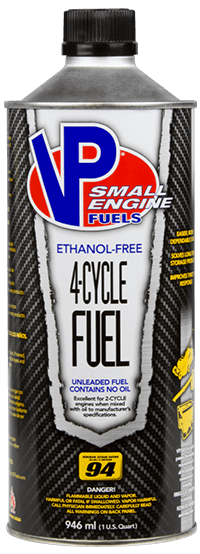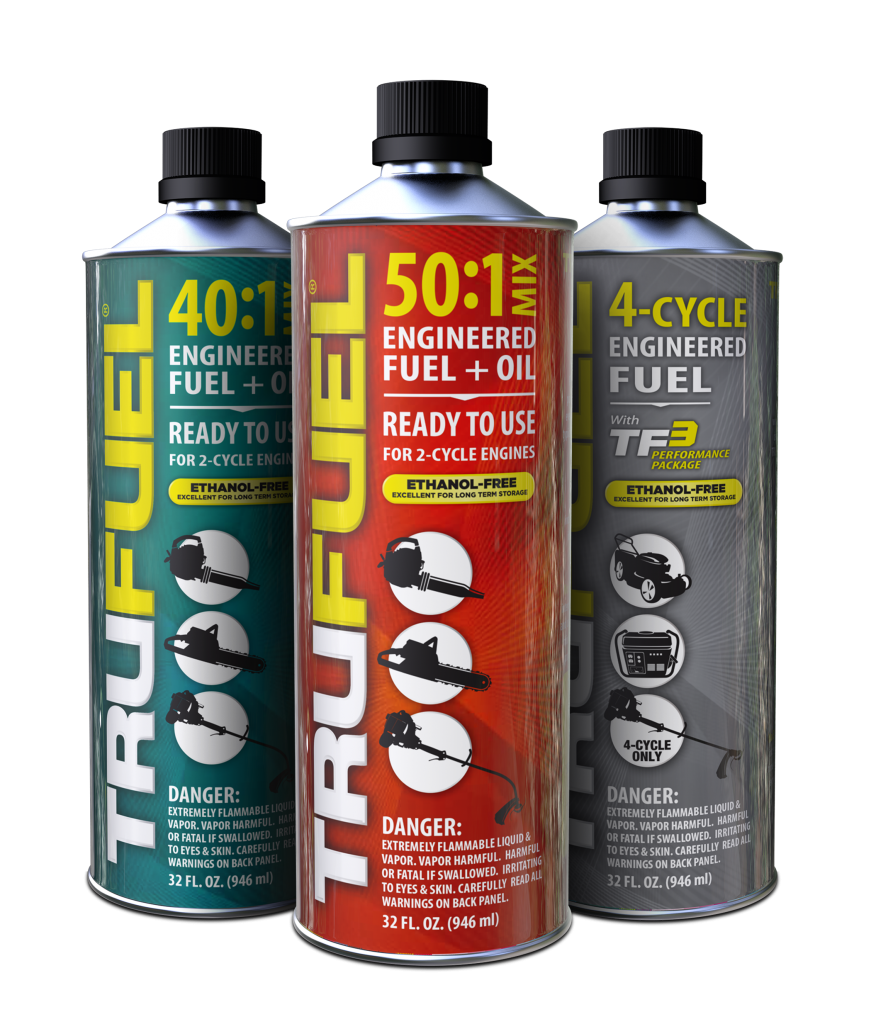ILENGINE
Lawn Royalty
- Joined
- May 6, 2010
- Threads
- 51
- Messages
- 11,426
VP racing small engine fuel is 94 octane

 vpracingfuels.com
vpracingfuels.com
Trufuel says theirs is high octane with several references to 92+

 trufuel50.com
trufuel50.com
Aspen fuel says theirs is also 92+

 www.aspenfuels.us
www.aspenfuels.us
So if high octane is bad for small engines then why do all the canned fuel manufacturers have high octane fuel that you claim will burn hotter and damage small engines instead of 87.

Buy VP 4 Cycle Fuel - Ethanol Free | VP Racing Fuels
VP's ethanol-free 4 cycle fuel is for outdoor power equipment. It protects fuel systems, maximizes performance, extends engine life, & saves you costly repairs.
Trufuel says theirs is high octane with several references to 92+

Engineered Fuel & Oil | Ready to Use, Pre-Mixed Ethanol-Free Fuel
TruFuel is engineered premixed fuel with synthetic lubricants and stabilizers that are specially made for your 2-cycle & 4-cycle outdoor power equipment.
Aspen fuel says theirs is also 92+

Aspen: Fueling the Future
So if high octane is bad for small engines then why do all the canned fuel manufacturers have high octane fuel that you claim will burn hotter and damage small engines instead of 87.
